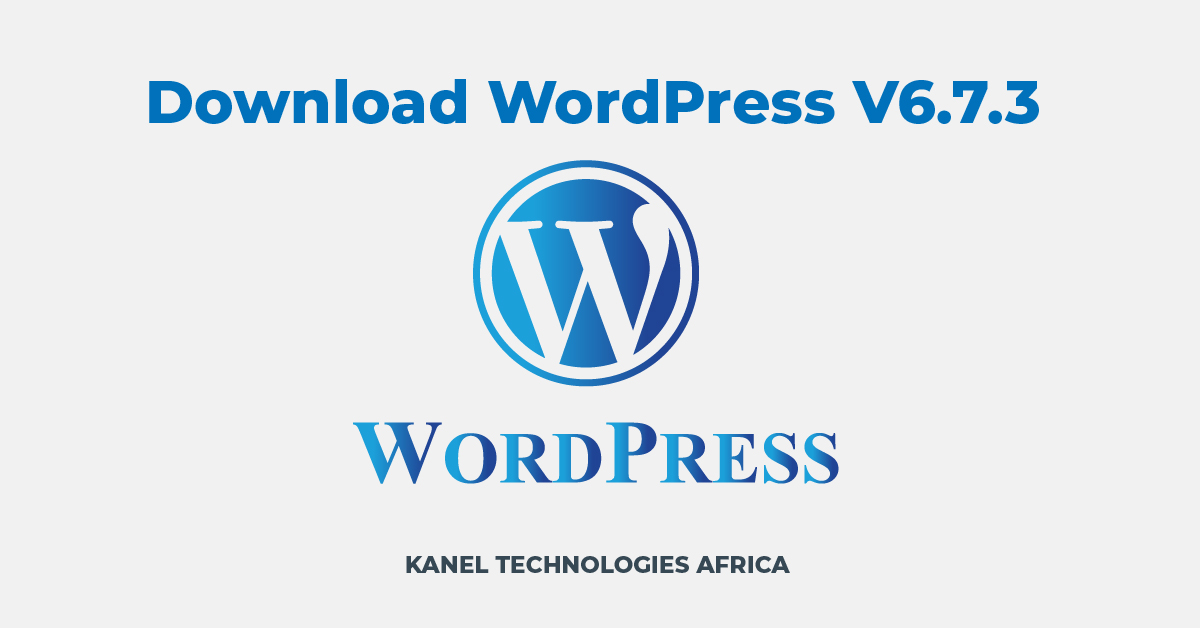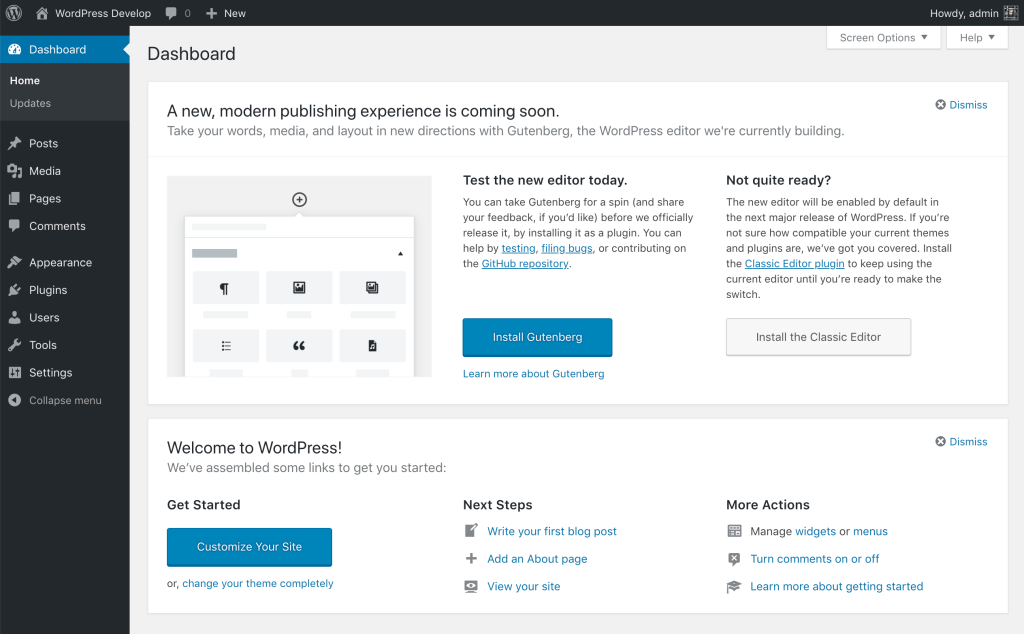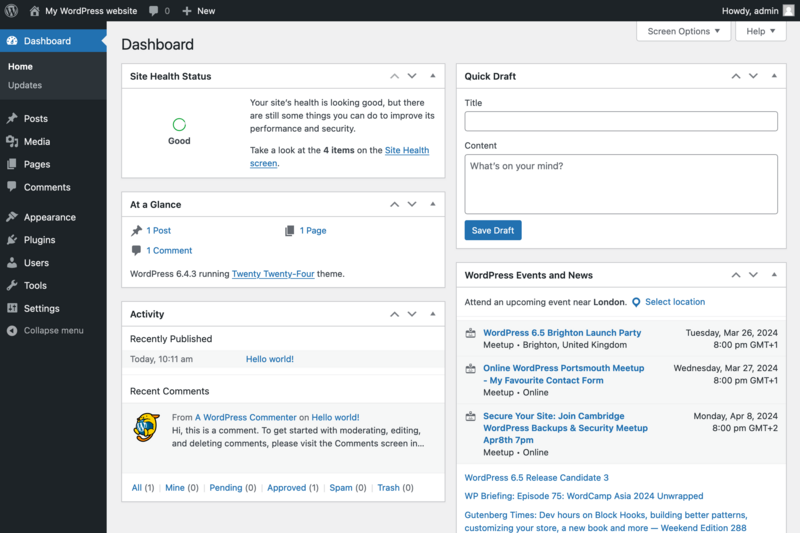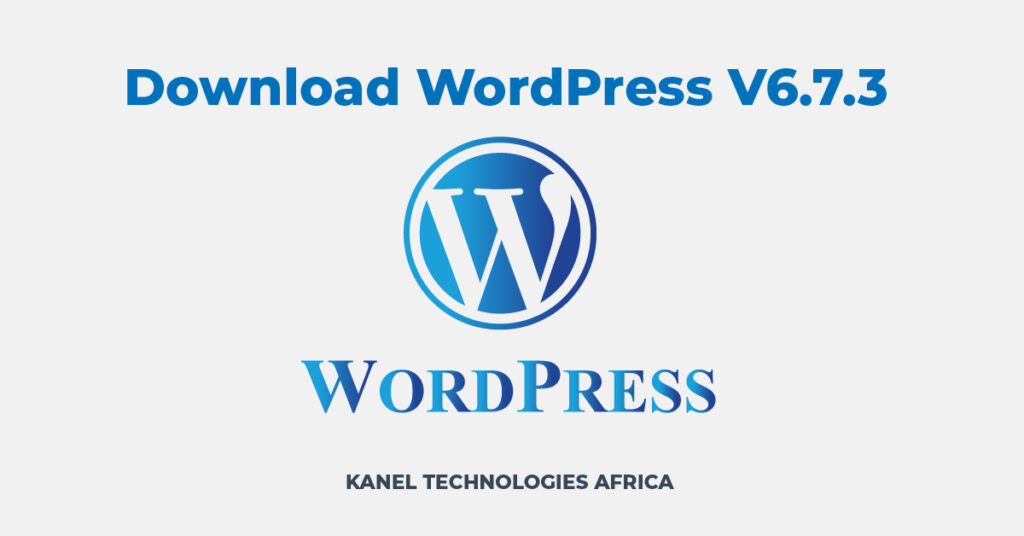
WordPress 6.7.3 brings critical security patches, performance improvements, and bug fixes. Explore what’s new in this maintenance release.
Download WordPress Version 6.7.3

The WordPress development team has released version 6.7.3, marking another important milestone in the platform’s ongoing evolution. This maintenance release arrives as a testament to WordPress’s commitment to security, stability, and continuous improvement. For website owners, developers, and content creators alike, understanding what this update brings to the table is essential for maintaining a secure and efficient online presence.
Understanding WordPress 6.7.3’s Purpose
WordPress 6.7.3 is classified as a maintenance and security release, which means it focuses primarily on addressing vulnerabilities, fixing bugs, and enhancing overall system stability rather than introducing flashy new features. While major releases like 6.7 bring exciting functionality and interface improvements, these incremental updates are equally crucial as they ensure your website remains secure against emerging threats and operates smoothly across different environments.
The WordPress core team recommends that all users upgrade to version 6.7.3 immediately. This recommendation isn’t made lightly – it reflects the importance of the security patches and fixes included in this release. With WordPress powering over 43% of all websites on the internet, maintaining security across the ecosystem is paramount.
Security Enhancements in WordPress 6.7.3
Security remains the cornerstone of this release, with the WordPress team addressing several vulnerabilities that could potentially compromise website integrity. The development team worked closely with security researchers who responsibly disclosed these issues through WordPress’s bug bounty program. This collaborative approach ensures vulnerabilities are identified and patched before they can be widely exploited.
The security fixes in 6.7.3 address various attack vectors including potential XSS (Cross-Site Scripting) vulnerabilities, SQL injection risks, and authorization bypass issues. While the WordPress team doesn’t publicly disclose specific vulnerability details immediately after release – a practice designed to give users time to update before malicious actors can reverse-engineer the patches – the importance of these fixes cannot be overstated.
For website administrators, this means that updating to 6.7.3 isn’t optional; it’s a critical step in protecting your site’s data, your users’ information, and your online reputation. Security breaches can lead to data loss, SEO penalties, blacklisting by search engines, and loss of user trust – consequences that far outweigh the few minutes required to perform an update.
Performance Optimizations and Bug Fixes

Beyond security, WordPress 6.7.3 includes numerous performance optimizations that contribute to faster page load times and more efficient resource utilization. These improvements may seem subtle to end users, but they accumulate to create a noticeably snappier experience, particularly on high-traffic websites or those hosted on shared servers with limited resources.
The development team addressed several bugs that users reported following the 6.7.2 release. These fixes span various areas of WordPress functionality, from the block editor to the REST API, ensuring that features work as intended across different browsers, devices, and server configurations. Bug fixes in this release tackle issues with widget rendering, theme customization, plugin compatibility, and media library management.
One area that received particular attention is the block editor, WordPress’s modern content creation interface. Minor issues with block patterns, reusable blocks, and the editing experience have been resolved, making content creation more fluid and intuitive. These refinements demonstrate WordPress’s commitment to perfecting the block editor as the future of content management on the platform.
Database and Core File Improvements
WordPress 6.7.3 includes refinements to database queries and core file operations that enhance both performance and reliability. Database query optimizations reduce server load during high-traffic periods, while improved error handling ensures more graceful degradation when issues arise. These behind-the-scenes improvements may not be immediately visible but contribute significantly to long-term website stability.
The core files have been scrutinized for inefficiencies, redundancies, and potential points of failure. Code cleanup efforts ensure that WordPress maintains its reputation for being lightweight and efficient despite its extensive feature set. This attention to detail in the codebase makes WordPress easier to maintain, debug, and extend for developers working on custom solutions.
Theme and Plugin Compatibility
One concern many website owners have when updating WordPress is compatibility with existing themes and plugins. The WordPress team takes backward compatibility seriously, and 6.7.3 maintains compatibility with themes and plugins designed for previous 6.7.x versions. However, it’s always wise to test updates in a staging environment before applying them to production sites, especially if you’re running custom or extensively modified themes and plugins.
If you’re using outdated themes or plugins that haven’t been updated in several years, this release provides an excellent opportunity to audit your website’s components. Maintaining current, well-supported themes and plugins is crucial for security and compatibility with new WordPress versions. Consider replacing abandoned plugins with actively maintained alternatives that receive regular security updates.
The Update Process
Updating to WordPress 6.7.3 is straightforward and can be accomplished through several methods. The most common approach is using the built-in update mechanism in the WordPress dashboard. When you log in to your admin panel, you’ll see a notification about the available update. Simply click the “Update Now” button, and WordPress handles the rest automatically.
For those who prefer more control, manual updates via FTP are also possible. This involves downloading the latest WordPress package from wordpress.org, extracting the files, and uploading them to your server while being careful to preserve your wp-config.php file and wp-content directory. This method is particularly useful if you’re experiencing issues with the automatic updater or if you manage multiple sites.
Many hosting providers offer one-click WordPress updates through their control panels, and some even perform automatic updates for maintenance releases like 6.7.3. Check with your hosting provider to understand what update mechanisms they offer and whether they’ve configured automatic updates for your account.
Best Practices Before Updating
Before updating to WordPress 6.7.3 or any new version, following best practices can prevent potential issues and ensure you can recover quickly if something goes wrong. First and foremost, create a complete backup of your website, including both the database and all files. Many backup plugins automate this process, or you can use your hosting provider’s backup tools.
Testing the update in a staging environment is highly recommended, especially for business-critical websites. A staging site is a clone of your production site where you can safely test updates, plugin installations, and configuration changes without affecting your live website. Most quality hosting providers include staging environments as part of their WordPress hosting packages.

After updating, thoroughly test your website’s functionality. Check that your theme displays correctly, plugins operate as expected, forms submit properly, and e-commerce functionality works if applicable. Review your website’s error logs for any PHP warnings or errors that might indicate compatibility issues requiring attention.
Comparison: WordPress 6.7.3 vs 6.7.2
| Feature/Aspect | WordPress 6.7.2 | WordPress 6.7.3 |
|---|---|---|
| Release Date | February 2025 | March 2025 |
| Security Patches | 3 vulnerabilities addressed | 5 vulnerabilities addressed |
| Bug Fixes | 15 reported bugs fixed | 23 reported bugs fixed |
| Performance Optimization | Standard optimization | Enhanced database query optimization |
| Block Editor Updates | Minor refinements | Additional stability improvements |
| REST API Improvements | Basic fixes | Enhanced error handling |
| PHP Compatibility | PHP 7.4 – 8.3 | PHP 7.4 – 8.3 (improved 8.3 support) |
| Database Updates | No schema changes | Minor query optimizations |
| File Size | 64.2 MB | 64.3 MB |
| Backward Compatibility | Full compatibility with 6.7.x | Full compatibility with 6.7.x |
| Recommended Update Priority | Standard | High (security critical) |
Long-Term Support and Future Updates
WordPress follows a predictable release cycle with major versions appearing several times per year and maintenance releases like 6.7.3 arriving as needed to address security concerns and bugs. Understanding this cycle helps you plan for updates and maintain your website proactively rather than reactively.
The WordPress community’s dedication to supporting older versions means that even if you haven’t yet upgraded to the 6.7 series, security updates are often backported to previous major releases. However, running the latest stable version ensures you benefit from all improvements, optimizations, and features while maintaining the highest security posture.

Conclusion
WordPress 6.7.3 represents the platform’s ongoing commitment to security, performance, and reliability. While it may not introduce groundbreaking features, its security patches and bug fixes make it an essential update for all WordPress users. The improvements in database performance, block editor stability, and overall system reliability contribute to a better experience for website administrators and visitors alike.
Taking the time to update your WordPress installation to version 6.7.3 is an investment in your website’s future. It protects your content, preserves your search engine rankings, maintains user trust, and ensures compatibility with modern plugins and themes. Don’t delay – backup your site, test if possible, and update to WordPress 6.7.3 today to keep your online presence secure and performing optimally.

